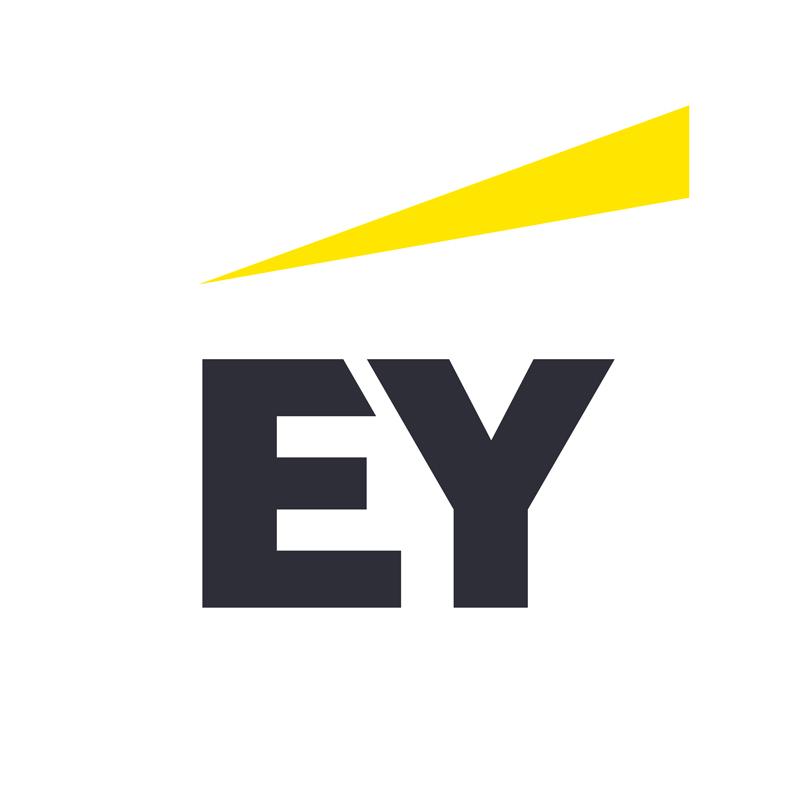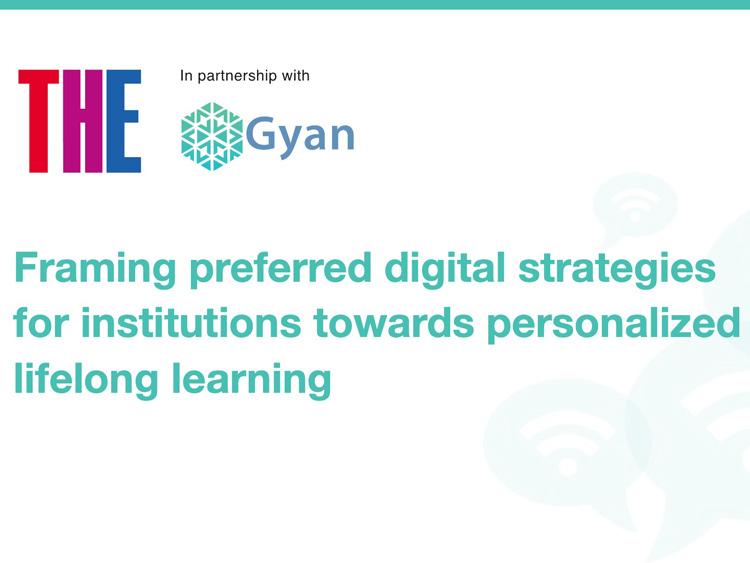
Building pathways to personalised learning
Digital teaching can facilitate a new model of higher education that’s customised for the student, but to realise the potential of online, the sector must make better use of its data and overcome academic resistance to change

Higher education has arrived at a pivotal moment in its digital transformation. In this brave new world of hybrid learning and the digital campus, there are tantalising opportunities for innovation – many of which involve personalising the student experience. But delivering customisable learning pathways is easier said than done, with funding, academic resistance and a lack of data inhibiting universities’ ability to innovate and present curricula tailored to the student.
Speaking at Digital Universities Week 2022, Matthew Robb, education strategy leader (UK and Ireland) at EY-Parthenon, acknowledged these difficulties and noted that opinions differed as to what counted as personalised learning. Personalisation could be as simple as offering an online experience that allowed students to learn at their own pace.
“There is a lot of research that says that by allowing students to go at the pace they want rather than the pace of a lecture they have the opportunity to go back and rewind,” said Robb. “There is a degree of self-pacing, but that is a very low level of personalisation.”
Where personalisation can get really interesting, he said, is when universities incorporate bite-sized modules into their teaching programmes. However, a lack of data is stymying the evolution of curricula personalisation.
“I don’t think that we, as a sector, our institutions, have an idea as to which of these is more or less better,” he said. “I don’t think we have any way of measuring which is effective because we don’t actually collect any meaningful standardised data on learning.”
There is a clear incentive for universities to collect more data and look for tech partners to help them exploit it. Citing John Hattie’s book Visible Learning and his research into educational outcomes, Robb underlined how the power of data can inform teaching strategy, offering clear and detailed feedback on student engagement. He said students are ready to embrace customisable learning, even if the institution and faculty are not.
“The biggest challenge is academic resistance to doing anything different, and I have a lot of sympathy for that,” he said. “As people who are arguing that change is coming, we have not articulated well why this is better for [faculty] or the student.”
Involving academics in the change process was vital, as was ensuring that online teaching programmes were “scaffolded” by a complementary range of pastoral services so that digital may enhance the campus experience.
Find out more about EY and higher education.

